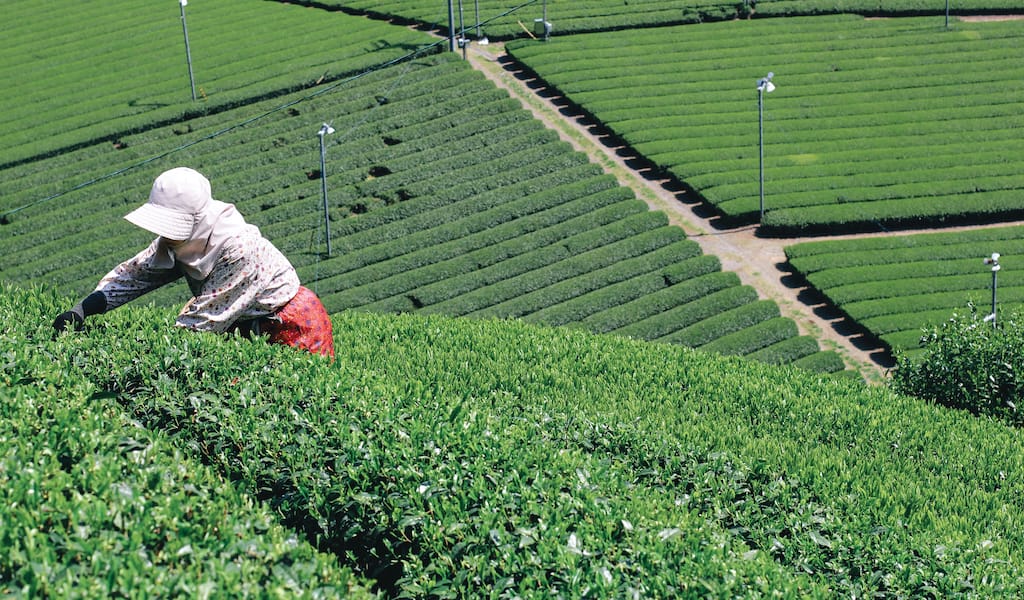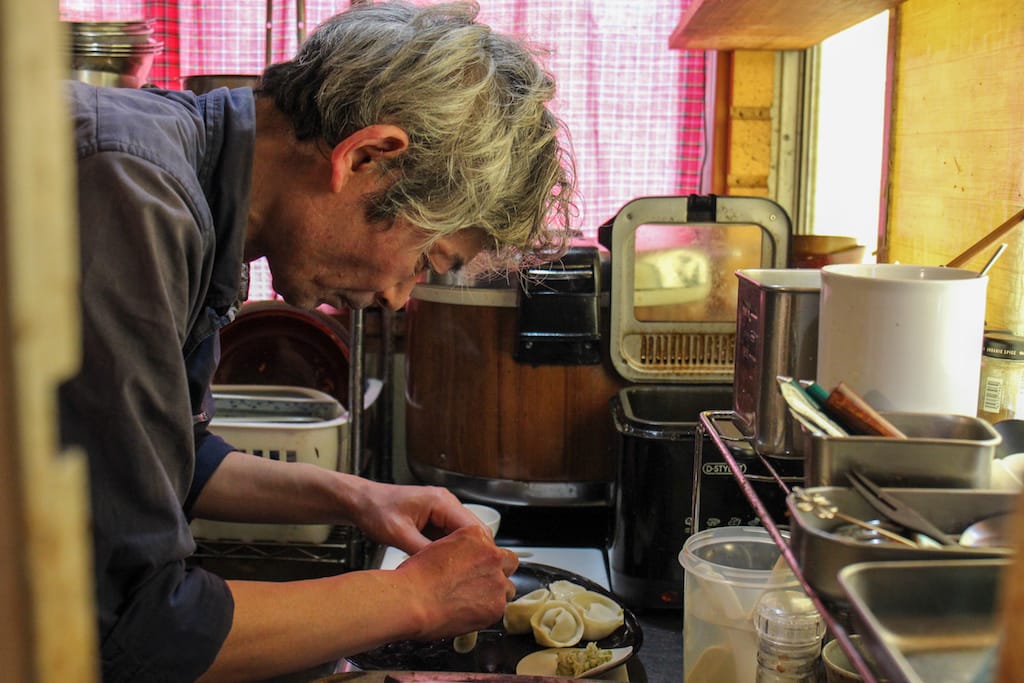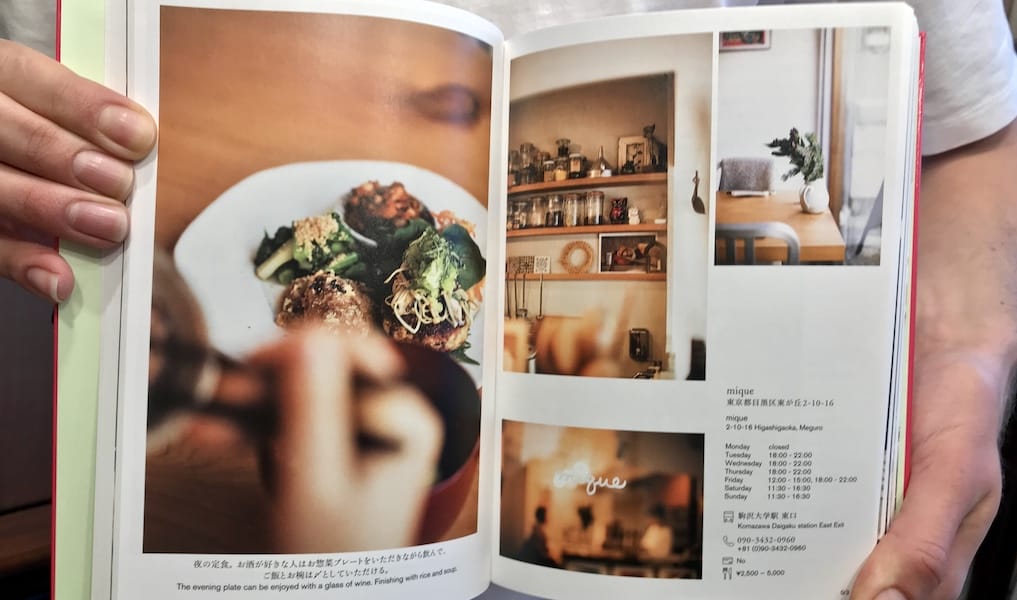Author Zach Mangan, founder of Kettl, a tea and teaware company based in New York City and Fukuoka, Japan, shares the stories of tea producers and craft of tea-making in his new book, Stories of Japanese Tea: The Regions, the Growers, and the Craft (Princeton Architectural Press, 2022).
Originally a jazz drummer, Mangan first experienced fresh Japanese tea in Paris while on tour with his band in the mid-2000s. Following a two-year stint at Ito En, one of Japan’s largest tea distributors, he slowly built relationships with Japanese tea growers over several years, and began supplying tea to some of the best chefs in New York City. Kettl was eventually launched in 2015, and now has two locations in NYC.
We recently spoke to Mangan about tea, his goals for his first book, which tea he’d bring to a desert island, and where we should go for tea in Tokyo.
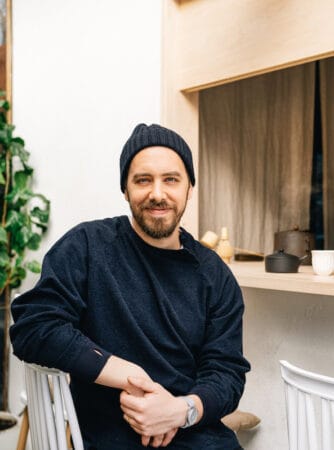
Can you tell us about the first tea that set you down the path of Japanese tea?
It was a shincha (first spring harvest) from Shizuoka. College was when I started to drink more loose-leaf tea, but that was the first time I really took notice of how different it was than what I had experienced before. That was the catalyst – it set me down the road of just seeking out that flavor for myself. Through that, I realized there was this entire world that I didn’t know about.
Did you have any particular intentions for the book, or ideal readers in mind?
The goal of the book was to share the stories of the growers, and share more information about the people. It’s got to be about people, stories about crafts, people making the products. I didn’t want [the audience] to be exclusive to people who worked in the tea industry, or have it be overly technical. That wasn’t my goal. I was looking to bring a broader audience to the world of tea. The book does have a lot of technical information and you can dive pretty deep, but at the same time, it’s a book you could pick up if you like Japan – you read the first chapter, and the story sets you up for it.
For English speakers, there are still not many great references for tea. There are some, but still not a lot. They can be very product-driven, but the bigger story for me is the people and how it’s crafted, the stories that link them all – whether it’s the person who made the tea, the area they come from, the terroir. The miracle of it is that everything comes together to create such special products. The customer or reader who might drink those teas at home can think in a much broader way about them – like, this is the green tea from the farmer who lives near Mt. Fuji.

If there’s one thing I want people to know about the book, it’s that we should be celebrating the tea makers, the craftspeople who make the products. Each year, there are fewer and fewer people on the planet doing work like this, in the service of crafting something beautiful. I don’t think it should be like that. I hope this supports the industry, and that they can make a living doing this. I think that’s the takeaway – just understanding how passionate and how talented all the people in the book are.
In the book, you ask producers what their “desert island” tea would be – the tea they’d drink for the rest of their lives if they could only choose one. What’s yours?
Probably some type of sencha; maybe the one I’m drinking right now, called Miyabi. I probably drink this more than any other tea. It’s the first tea that I brought in from Japan. It was like the one that set me on the path. Miyabi is our product name for the tea – it’s a type of sencha from Fukuoka prefecture. It’s one of our most popular teas, and Miyabi is a really good choice if I had to show a customer the potential of what Japanese tea could be.
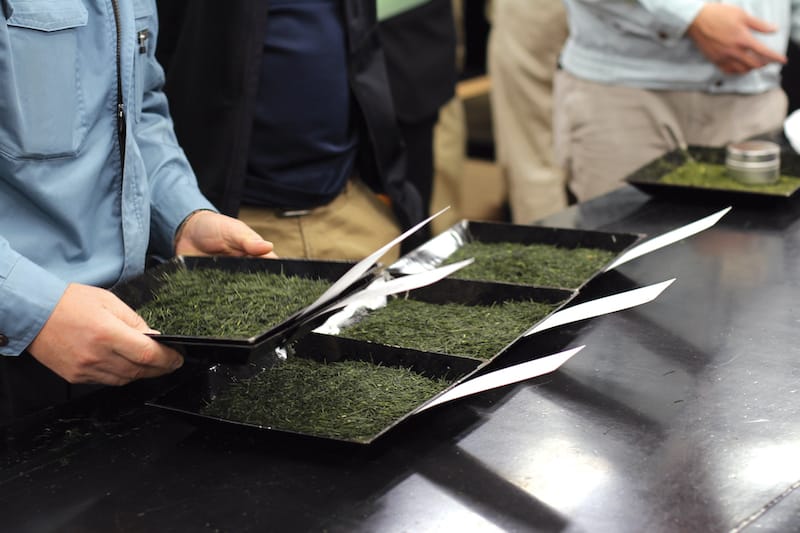
Can you describe how that tastes?
What’s great about this tea is that it shows you sweetness, umami, a really strong fragrance. It has a little bit of toasted nuttiness to it from the way they finish the tea when they heat it. It has this full body and texture, but it’s actually quite a gentle tea. It has a lot of fragrance, but it’s not overly strong. It doesn’t have much astringency if you brew it correctly, and the colour is really pleasing. So, from a visual, aroma, taste perspective, it does such a nice job of filling you with this feeling of spring.
If one of your friends was coming to Tokyo and they had time for just one tea place, where would you send them?
Probably Sakurai, which is in the book. It’s great for many reasons, but it conveys a very fine feeling of the potential of tea and what it touches in terms of cuisine, design, general aesthetics, and also the product itself. It has a formality to it that some people might not like, but generally speaking, it’s a very impressive experience, and they really care about the quality of the product.
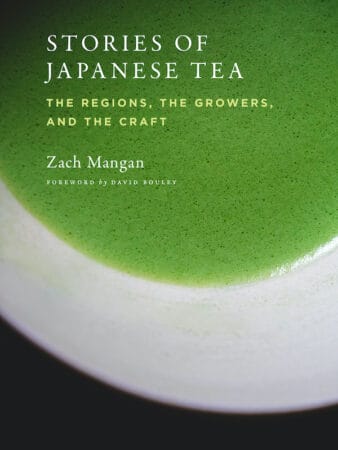
Do you have any advice for tea beginners?
Making tea has this added layer of complexity because you’re responsible for how it tastes. You have to brew it. So [it’s about] being able to go somewhere where it’s properly done, and removing the possibility of user error, making sure you’re visiting a trustworthy tea store or tea purveyor that can walk you through it. You might be surprised. You might buy something and not like it, and it could just be that you bought something you didn’t like; or you didn’t brew it correctly, or your water wasn’t right. There are so many factors.
If you really are interested in tea, find someone who’s knowledgeable and knows how to make it. When people come to kettl, they often realize that the tea experience is deeper or more flavourful than they expect. Try it, and then if you don’t like it, totally fair. Some people don’t like tea!
Click here to purchase your copy of “Stories of Japanese Tea: The Regions, the Growers and the Craft” (Princeton Architectural Press, 2022), out now.
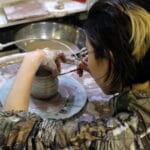 August 15, 2022 CB on the Road: A Tale of Two Ceramicists
August 15, 2022 CB on the Road: A Tale of Two Ceramicists
Amanda Tong’s hands are grey with liquid porcelain as she slowly shapes a small pitcher […] Posted in Tokyo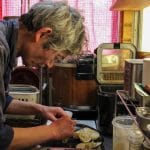 August 5, 2022 Chabuzen
August 5, 2022 Chabuzen
Daiji Takada, owner of Chabuzen, peeks out over the counter from the kitchen, which has […] Posted in Tokyo May 26, 2022 CB Book Club
May 26, 2022 CB Book Club
Popularly known as “Rice Girl” for her rice subscription service serving up […] Posted in Tokyo
Published on June 06, 2022
Related stories
August 15, 2022
Tokyo | By Florentyna Leow
TokyoAmanda Tong’s hands are grey with liquid porcelain as she slowly shapes a small pitcher on her potter’s wheel. Marbled clay rises and flattens under her strong hands, larger than you’d expect from her slight stature. Behind her, Jun Matsumura scrapes tendrils of clay off a partially-dried vessel, sharpening its elegant curves. Cantonese pop music…
August 5, 2022
TokyoDaiji Takada, owner of Chabuzen, peeks out over the counter from the kitchen, which has about a meter-long strip of standing space for one at most. The interior of this narrow restaurant, tucked away in the very fringes of the hip neighborhood of Shimokitazawa in western Tokyo, isn’t much more spacious. Two low tables on…
May 26, 2022
Tokyo | By Florentyna Leow
TokyoPopularly known as “Rice Girl” for her rice subscription service serving up micro-seasonal blends of rice varieties, Momoko Nakamura has had an eclectic career: she’s been a former television producer of food shows like Iron Chef America, start-up founder, director of food events, restaurant consultant, and now, advocate for healthy living and author of culinary…







































